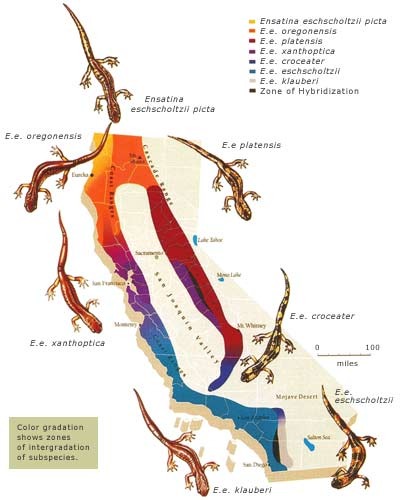Chris Jury
New Member
genetically it does make sence! and based into genetics comes diet. if both parent of a human child pig out on crap they are opening their genetics to change(if 2 people eat so much and become diabetic(type2) their children are more likely to become diabetic than if their parents had not).
No, acquired characteristics are not heritable. Look up Lamarckism and Lysenkoism and you’ll find info about the idea and the evidence that disproves it. Suffice to say, that’s not how genetics works.
just like on a genetic level eskimos are prone to diabetes without some sort of whale in their diet! and i could go on....
Adaptation is fundamentally different from inheritance of acquired characteristics. Adaptation occurs in all populations whereas inheritance of acquired characteristics does not occur.
like i said hybrizing could prove good or bad. but they are genetically different animals. each locale has markers as to what makes them different, and stop saying its just color and pattern. ambanjas surely do have huge rostral horns! st maries are huge bodied! and likewise other VARIATIONS to the GENETICS!
I don’t think anyone disagrees that the regional variation has a genetic basis, but as far as I’m aware, there’s no data available on the population structure of F. pardalis in Madagascar (but please correct me if I’m wrong), so we have little idea what the underlying structure is like, how divergent the subpopulations might be, or how much gene flow there is among subpopulations. However, none of this would lead us to think that cross-breeding among subpopulations should lead to less viable offspring. As far as I’m aware, the only evidence of a significantly isolated and diverging population is that on Reunion, which likely arose due to oceanic dispersal: http://www.nature.com.eres.library.manoa.hawaii.edu/nature/journal/v415/n6873/pdf/415784a.pdf
im sure in the wild they are all at the same elevation and eat the same exact thing tooo (sarcasm).
So what? Are you suggesting that regional variation in color and morphotype is related to local adaptation to elevation and food availability? Where’s the evidence for that???
the genetically sensitive material i mention come from some of the largest class breeders that have worked with panthers for many genterations. generation after gen, panther babies lack the vigor and size of previous generations, along with clutch rates on hatching. i didnt say hybridizing is a bad thing, i said it could be, and also said it could be the opposite.
I have no doubt that producing vigorous offspring generation after generation is difficult, but claiming that genetics is behind this is 1) makes no sense (i.e., is wrong), and 2) diverts attention from the real problems, which must be related to one or more aspects of the husbandry.
cj





